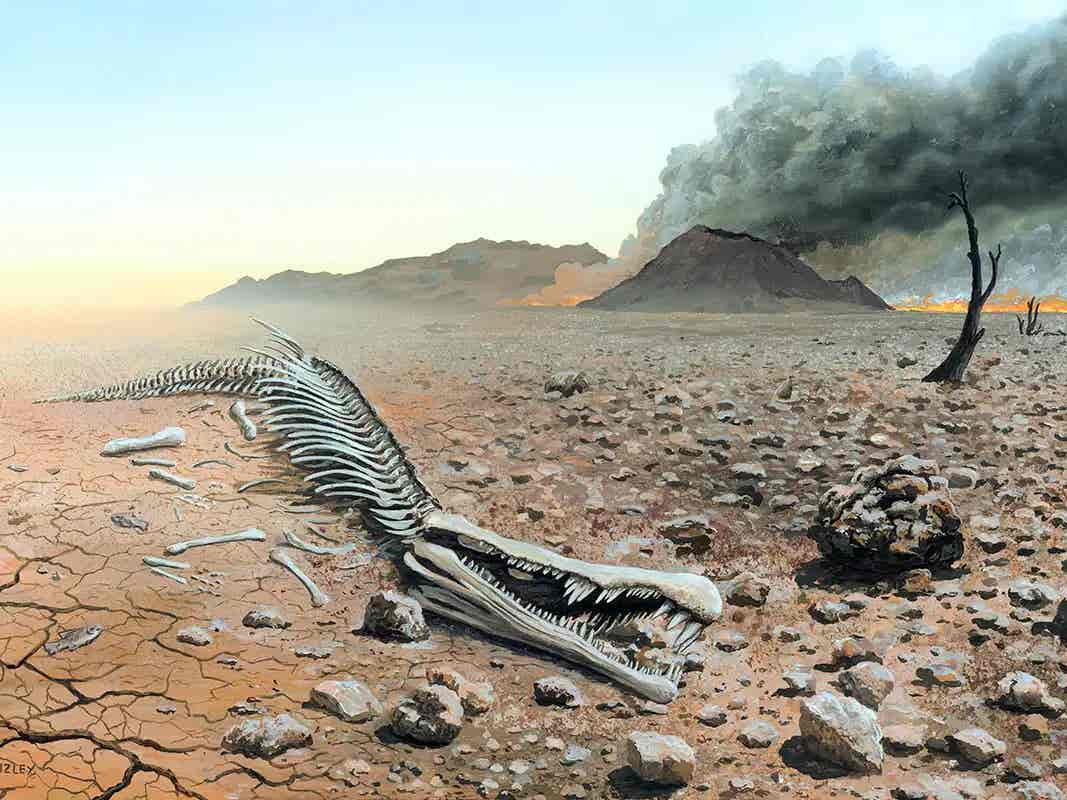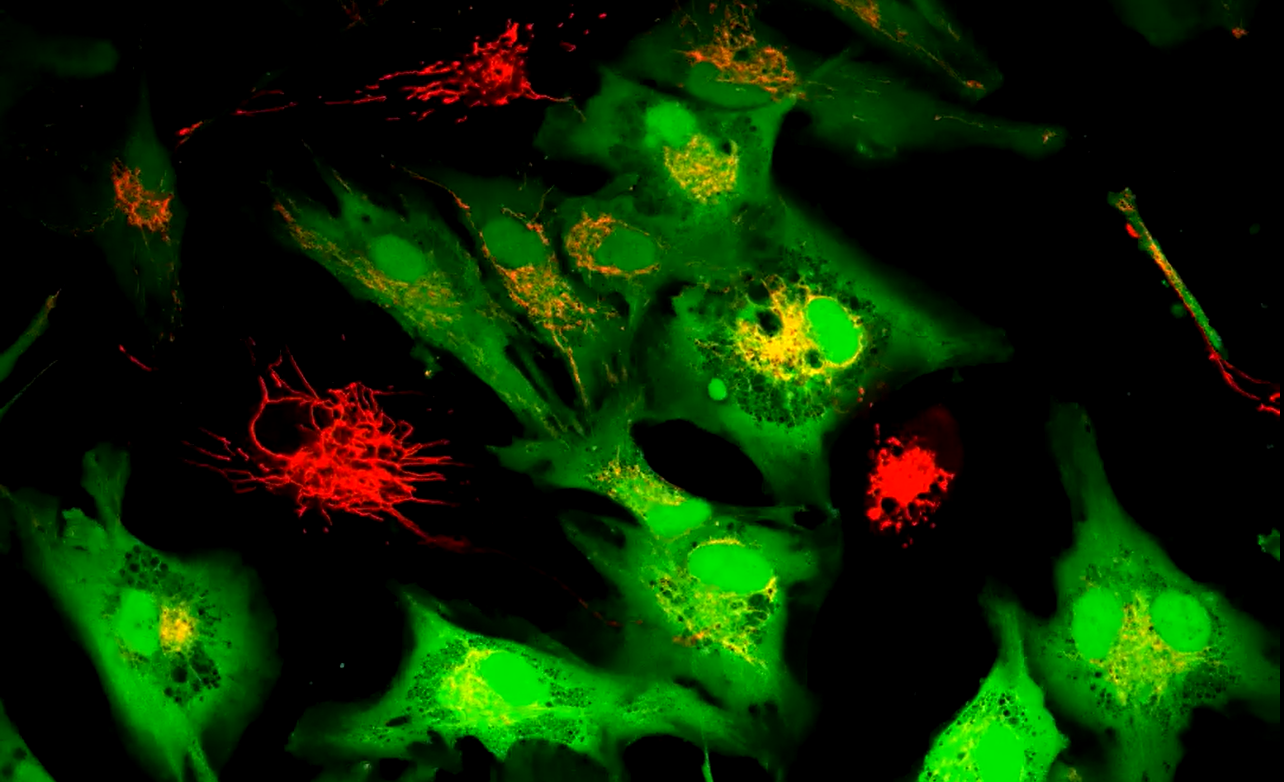Scientists discover what wiped out global ocean life 200 million years ago
Ancient oyster fossils reveal massive ocean acidification 201 million years ago, tying volcanic CO2 to a major extinction event—and warning us today.

New study links Triassic–Jurassic extinction to ocean acidification caused by volcanic CO2, offering insights for today’s climate threats. (CREDIT: Science Photo Library)
New clues from ancient seas are reshaping what we know about mass extinction and the future of our oceans. In a recent breakthrough, scientists have confirmed for the first time that a sudden, sharp drop in ocean pH—driven by a massive release of carbon dioxide—played a central role in wiping out entire ecosystems over 200 million years ago.
A team of researchers from the University of St Andrews and the University of Birmingham studied ancient oyster shells to piece together a detailed picture of what happened during the Triassic–Jurassic boundary, around 201 million years ago.
This period, marked by one of the most significant extinction events in Earth's history, saw drastic changes in marine life. Coral reefs vanished. Ammonites and molluscs struggled to survive. Reptiles like ichthyosaurs and plesiosaurs also faced extinction.
Now, for the first time, the team has been able to directly reconstruct ocean pH from that period using boron isotope data, a technique never before applied to this boundary. Their findings, published in Nature Communications, confirm that ocean acidification was not just suspected—it was real, rapid, and severe.
A Sudden Shock to the System
Before this extinction event, ocean pH hovered around 8.2—similar to what we see today. But the study reveals that pH levels dropped by at least 0.3 units, possibly more than 0.4. That may seem small, but in ocean chemistry, even a slight shift can have massive consequences. A drop of that size means a doubling of atmospheric carbon dioxide levels, which makes seawater more acidic. This sudden acidification would have deeply affected marine species that rely on calcium carbonate to build their shells and skeletons.
The researchers linked this drastic pH decline to a sharp rise in CO2 caused by widespread volcanic activity. As the supercontinent Pangaea began to break apart, enormous volcanic eruptions released huge amounts of carbon into the air. That carbon, largely from deep within the Earth's mantle, altered the climate and acidified the oceans. Earth system modeling, using a tool called cGENIE, backed up the idea that this carbon source came mostly from the Earth itself—not from surface-level processes.
Dr. James Rae, a co-author of the study and a researcher at the University of St Andrews, highlighted the gravity of the findings. “The geological record tells us that major CO2 release transforms the face of our planet, acidifying the ocean, and causing mass extinction,” he said. “We have to act fast to avoid these outcomes in our future.”
Related Stories
- Neanderthal ‘Fat Factory’ reveals food processing as far back as 125,000 years ago
- Ancient wooden tools, from long before Homo sapiens emerged, discovered in China
- Earth’s ‘Great Dying’ fueled 5 million years of global warming
Fossil Evidence from the Sea Floor
The team focused on fossil oysters because their shells preserve chemical signatures that reveal past environmental conditions. These fossils gave the clearest evidence yet of just how much and how quickly pH levels fell after the end-Triassic extinction. Coinciding with a sharp 2‰ drop in carbon isotopes—a marker of major carbon input—this acidification appears to have been long-lasting.
The oceans didn’t bounce back quickly. Coral reefs, for example, disappeared from the fossil record and took hundreds of thousands of years to return. This long “reef gap” indicates how deeply ocean ecosystems were affected.
Dr. Sarah Greene, an Associate Professor of Palaeoclimates at the University of Birmingham and co-author of the study, warned about the speed of change. “The mass extinction event during the Triassic-Jurassic period was over a much longer timeframe, whereas modern ocean acidification is happening at a much quicker rate,” she explained. “This warning from the past should give us fresh cause to step up efforts to reduce human greenhouse gas emissions that could otherwise see acidification reach or exceed levels seen during these mass extinction events.”
A Pattern in Earth’s History
This event isn’t unique. Scientists now know that ocean acidification has played a role in at least three of the five biggest extinction events in Earth’s history. These findings suggest a common thread: when the carbon cycle is pushed far out of balance, life suffers on a planetary scale. The rapid changes to Earth’s chemistry during these events destroyed ecosystems and slowed recovery for millions of years.
What makes the Triassic–Jurassic extinction so important is the clear link between volcanic CO2 release, ocean acidification, and mass extinction. It’s a case where scientists can trace each step of the crisis in the geologic record—from carbon release to acidification to biodiversity collapse.
What’s even more alarming is how today’s carbon emissions compare. The size of the pH drop 201 million years ago matches the worst-case expectations for future oceans. But the difference lies in the pace. Back then, it took tens of thousands of years. Today, human activities are pumping carbon into the atmosphere much faster—on a scale of just a few hundred years. This compressed timeline leaves ocean life with far less time to adapt.
A Warning Echoed in the Present
The oceans act as a vast carbon sink, absorbing nearly a third of the carbon dioxide released into the air. When too much CO2 enters the oceans too quickly, the chemistry changes fast. Shell-building organisms like corals, oysters, and some plankton struggle to survive. Their loss then ripples through the food web, affecting everything from fish to seabirds to humans.
The lesson from the ancient extinction is clear: the carbon cycle can be thrown out of balance, and when it is, the consequences are massive. The past shows us what happens when carbon floods the system. Now, we’re doing something similar—but much faster.
This new research is more than a window into ancient history. It’s a warning flare for the present. By understanding what caused the ocean to acidify in the past, scientists hope to better predict and possibly prevent similar damage in the future. The story of the Triassic–Jurassic extinction shows that carbon and life are closely linked. When one is pushed too far, the other can fall apart.
Climate change today isn’t just a future problem—it’s unfolding now. And the fossil record is telling us that we’ve been here before. The difference? This time, we know it’s coming. And we have the tools to act.
Note: The article above provided above by The Brighter Side of News.
Like these kind of feel good stories? Get The Brighter Side of News' newsletter.



